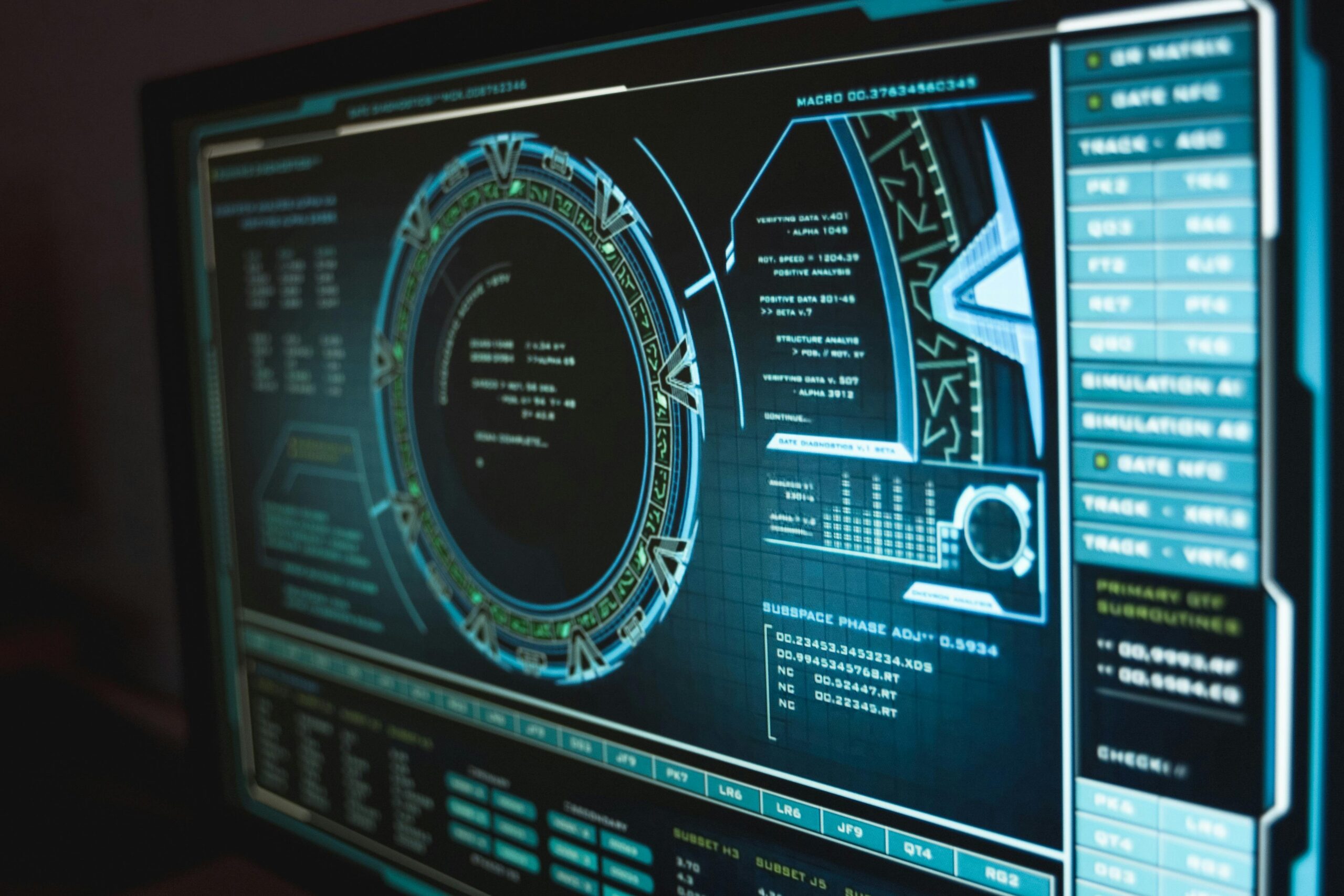In today’s rapidly evolving digital landscape, cyber threats are becoming more sophisticated and frequent. Traditional cybersecurity measures are struggling to keep up with the sheer volume and complexity of attacks. Enter Artificial Intelligence (AI) and Machine Learning (ML)—game-changing technologies that are revolutionizing how we defend against cyber threats.
This article explores the vital role AI and ML play in modern cybersecurity, their applications, and how businesses can leverage them to build robust defenses.
Understanding AI and Machine Learning in Cybersecurity
AI involves the simulation of human intelligence by machines, enabling them to perform tasks like decision-making and problem-solving. Machine Learning, a subset of AI, focuses on training systems to learn from data and improve their performance over time without explicit programming.
In the context of cybersecurity, AI and ML help identify, analyze, and respond to threats faster and more accurately than traditional methods. These technologies excel at handling large volumes of data, detecting patterns, and predicting potential risks.
How AI and ML Enhance Cybersecurity
1. Real-Time Threat Detection
Traditional cybersecurity systems often rely on signature-based methods to detect threats, which can fail against new or unknown attacks. AI and ML, on the other hand, excel at analyzing vast amounts of data in real-time to identify anomalies and suspicious behavior.
- Example: AI-powered systems can detect unusual login attempts or unexpected data transfers that may indicate a breach.
- Benefit: Faster detection reduces the time attackers have to exploit vulnerabilities.
2. Predictive Analytics
Machine Learning models can analyze historical data to predict potential threats before they occur. By identifying patterns in cyberattacks, these models can alert organizations to vulnerabilities that are likely to be targeted.
- Example: Predicting which endpoints are most at risk based on their activity history.
- Benefit: Proactive measures can be taken to address vulnerabilities before they are exploited.
3. Automating Responses
AI-driven systems can automate responses to detected threats, minimizing the need for human intervention. This is particularly useful for addressing low-level, repetitive tasks.
- Example: Automatically isolating an infected endpoint or blocking suspicious IP addresses.
- Benefit: Faster response times and reduced workload for cybersecurity teams.
4. Enhanced Phishing Detection
Phishing attacks remain a major cyber threat. AI and ML can improve email filtering systems by analyzing content, sender information, and patterns to identify phishing attempts more accurately.
- Example: Identifying subtle differences in URLs or email formatting that may indicate a phishing attempt.
- Benefit: Fewer phishing emails reach employees, reducing the risk of data breaches.
5. Adaptive Security Systems
Unlike traditional systems, which often require manual updates, AI and ML-driven security systems can adapt to new threats on their own.
Benefit: Continuous protection against evolving cyber threats.
Example: AI systems can recognize and respond to new types of malware by analyzing their behavior, even if no prior signature exists.


Challenges in Using AI and ML for Cybersecurity
While AI and ML offer significant advantages, they also come with challenges:
- False Positives: Overly sensitive AI systems can generate excessive alerts, overwhelming security teams.
- Resource Intensive: Implementing AI and ML solutions requires significant computing power and skilled personnel.
- Adversarial Attacks: Cybercriminals can use AI to deceive machine learning models, making them less effective.
- Data Privacy Concerns: AI systems often require access to large datasets, raising privacy and compliance issues.
Applications of AI and ML in Cybersecurity
1. Intrusion Detection Systems (IDS)
AI-driven IDS can monitor network traffic, detect anomalies, and flag potential intrusions. These systems are particularly effective at identifying zero-day attacks.
2. Fraud Detection
Financial institutions use ML algorithms to identify fraudulent transactions by analyzing user behavior and transaction patterns.
3. Endpoint Protection
ML models are used in endpoint security solutions to identify malware, ransomware, and other threats targeting devices.
4. Threat Intelligence
AI tools analyze threat intelligence data from multiple sources, providing actionable insights to security teams.
5. Security Information and Event Management (SIEM)
AI enhances SIEM systems by automating log analysis and prioritizing alerts based on threat levels.
Future of AI and ML in Cybersecurity
The role of AI and ML in cybersecurity will continue to grow as threats become more complex. Future advancements may include:
- AI-Powered SOCs (Security Operations Centers): Fully automated SOCs capable of managing cybersecurity without human intervention.
- Quantum-Resistant Algorithms: AI systems designed to defend against quantum computing-powered cyberattacks.
- Behavioral Biometrics: AI analyzing user behavior for authentication, such as typing speed or mouse movements.
How Businesses Can Leverage AI and ML for Cybersecurity
- Invest in Advanced Tools: Adopt AI-powered solutions tailored to your organization’s needs.
- Train Security Teams: Ensure your team understands how to implement and manage AI-driven systems.
- Collaborate with Vendors: Partner with vendors specializing in AI and ML for cybersecurity.
- Monitor and Update Systems: Regularly update AI models to keep up with emerging threats.
Conclusion
AI and Machine Learning are transforming cybersecurity by enabling faster threat detection, predictive analytics, and automated responses. These technologies are essential in a world where cyberattacks are becoming increasingly sophisticated.
However, leveraging AI and ML effectively requires understanding their potential, addressing challenges, and continuously adapting to the evolving threat landscape. By integrating these technologies into your cybersecurity strategy, you can protect your systems, data, and reputation in the digital age.
Start embracing AI and ML in your cybersecurity efforts today to stay one step ahead of cybercriminals.
4o safer digital environment and contribute to a more secure online community.

